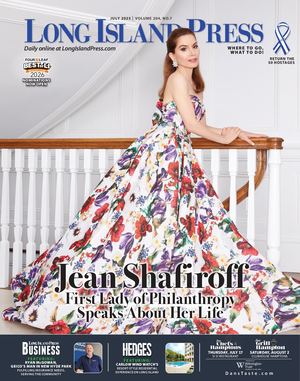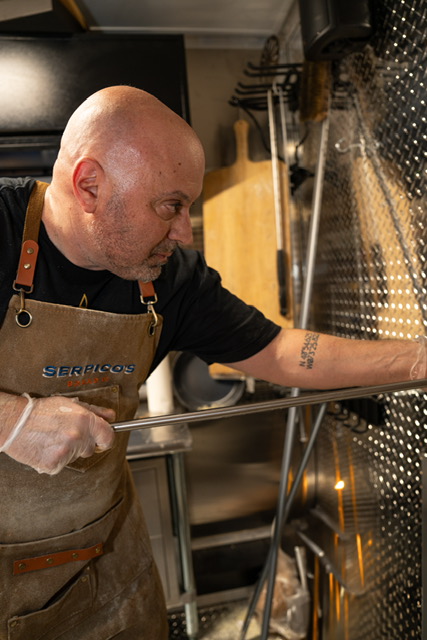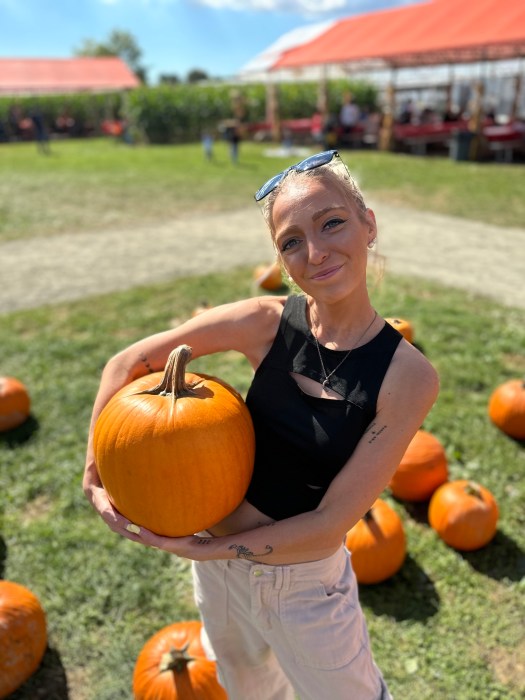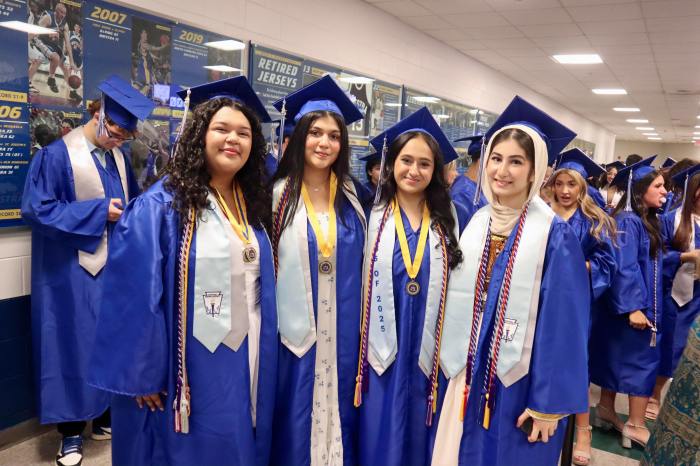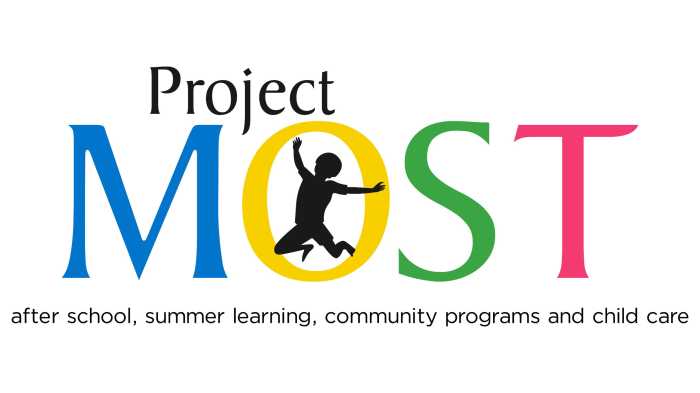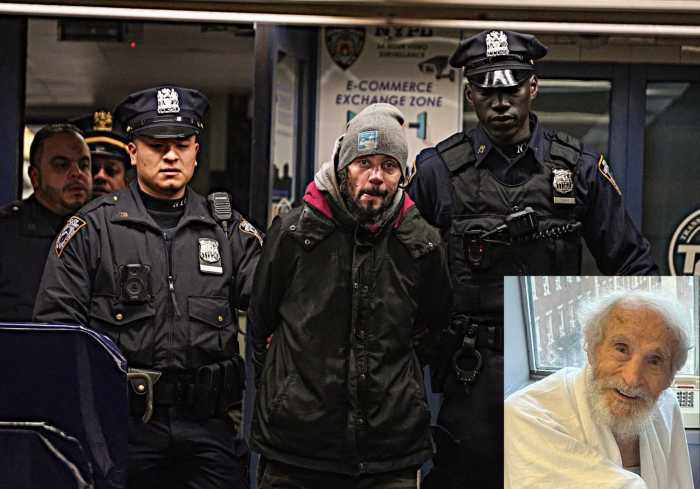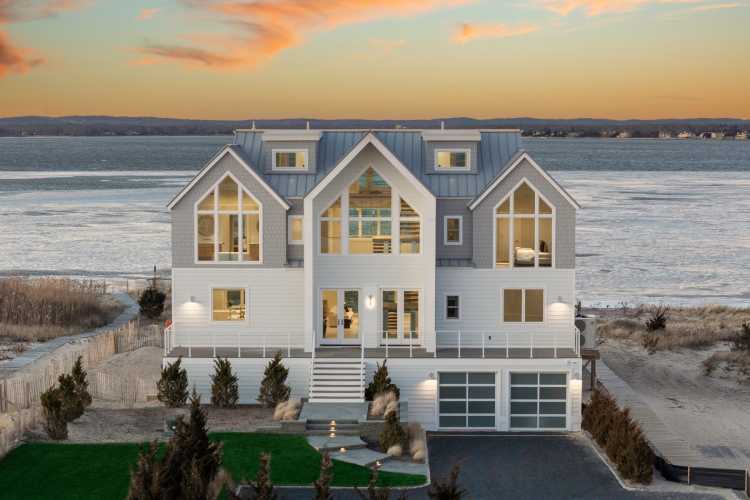Due to the daunting fiscal situation faced by our nation, many Americans are looking to new and creative ways to generate income.
On Saturday, April 23, Levittown hosted “Welcome to a Future Suburbia: Open House 2011.”
Inspired by the service-oriented mentality of New York, the movement is one in which suburban homeowners supplement their income and develop a new vocation by offering homemade services and facilities to the public.
As a case study, nine local residents allowed their households to be temporarily transformed by world-renowned designers, architects and artists to visualize this concept.
“The idea is to use the household itself to make a profit in this hard economic time,” said architect Makram El Kadi. “If you are a good cook for example, you can open up your kitchen and create a restaurant inside your own home. It’s kind of a team effort between the public domain and the private space.”
Over 200 Columbia University students were shuttled into Levittown to view the participating homes, after gathering in New York City for a symposium at Studio-X for a presentation of the design process and potential outcomes for Open House.
The project, conceptualized by the global design lab Droog, showcased models for future open houses, with proposals for new housing configurations and regulatory modifications.
“We came up with a proposal to help people discover their inner service provider,” said Renny Ramakers, co-founder and director of Droog Lab. “Since Manhattan is already saturated with these kind of services, we wanted to find a different context for the same dynamics. And we found the suburbs, which are desperately hit by the economic crisis and where emptiness and boredom are omnipresent. By stimulating a network of personal services, we wanted to bring new life into these dying neighborhoods, bringing in more density and encouraging cohesion among the inhabitants.”
The following local homeowners volunteered to participate:
Rich Santer of Pebble Lane had a “House Dress, Family Games” theme where guests can play games for a fee.
Anita Thompson of Winding Lane hosted a “Block Pantry” where guests participated in a shared kitchen and purchased food from her kitchen and pantry.
Phyllis Dalton of Knoll Lane hosted “PS 72: Porch-Side Lessons”, where a classroom setting was created on her lawn and guests learned about collecting and book making.
Ann Torcivia of Wood Lane (Coordinator) hosted “Vacation Practice” where travel clients were virtually transported to their favorite vacation destination while planning their future travel.
Joseph Barsallo of Wood Lane hosted “Future Open Houses,” a map and scale model of the Levittown of tomorrow.
Dawn Occhiogrosso of Sand Hill Road in Wantagh presented “Bright Dawn Farm” offering gardening plants, seeds and fresh herbs to the participants.
Jim Hudak of Wood Lane in Wantagh hosted the “House of Signs” where guests made their own signs to take home.
Lisa Vanderberg of Carlyle Road in Wantagh hosted the “Domesticity Museum” with souvenirs, a café, and a house tour.
Polly Dwyer of Old Oak Land hosted the “Attention Clinic” where visitors gained peer counseling.
Levittown Kiwanis President Ann Torcivia volunteered her time to be the homeowner coordinator, a liaison between the designers and the host families. She helped shape the event into a way to raise money for the Kiwanis Pediatric Lyme Disease Foundation with the help of the other homeowners and Key Clubbers from Division 6 and Circle K-ers from Adelphi University.
Each home featured several items sold to benefit Lyme Disease including lime green cupcakes, green chocolate lollipop in the shape of awareness ribbons, Lyme-ade as well as tick pins and tick removal kits. In addition, the homeowners donated the fees for their home services to the Kiwanis Pediatric Lyme Disease Foundation.
The Santer family, with the help of “Joey” the robotic bicycle safety instructor, greeted open house guests and explained the community service work of Kiwanis.
The event raised $800, with additional donations still being counted.
“I see this as a model for suburbs worldwide, especially in the sprawling suburbs,” said Ramakers. “No big investments are necessary to revive the suburbs—in this model, the people can generate earnings. Just let them do it themselves.”
